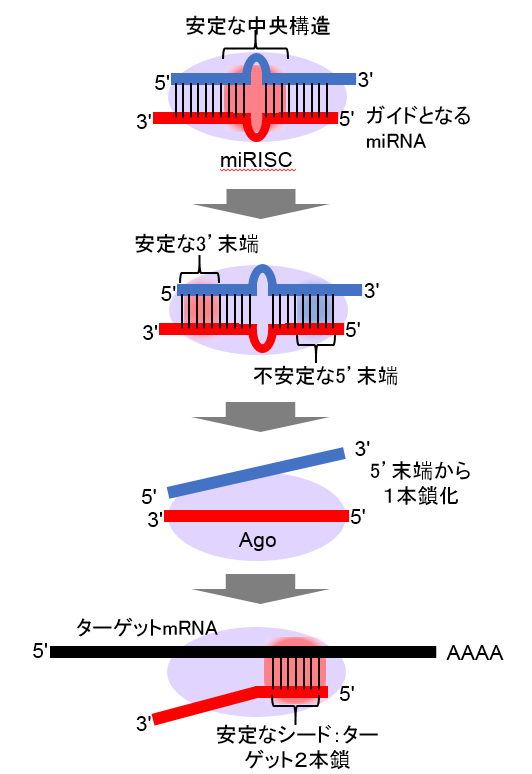2019/1/11 アメリカ合衆国ミシガン大学

・ ミシガン大学が、光造形 3D プリンティングを高速化する新手法を開発。
・ 液体の光硬化性樹脂が入ったバットの下の透明ガラス窓を通した光の照射でオブジェクトを積層造形する同 3D プリンティング方法では、ガラス窓で樹脂が硬化し、プリンティングが中断する問題があった。
・ 新手法では、光活性と光阻害の両方を促進する 2 種類の光の使用により、樹脂硬化と液体状態の維持を制御。さらに高度なパターンでの樹脂硬化が可能になる。今回、従来の 1D のラインや 2D の横断面の連続積層に代わり、一回の光照射で 3D の浅浮彫りや玩具のボート等が作製できることを実証した。
・ 窓とオブジェクトの間に樹脂硬化の起こらない広めの隙間を設けることで、強化パウダーを添加した濃密な樹脂等による高耐久性のオブジェクト作製が可能になる。また、フィラメントによる 3D プリントではプリント層同士が接する面で脆弱な部分が発生するが、これに勝るプリントオブジェクト構造の完全性も得られる。
・ これまでは窓から酸素を透過させることで窓での樹脂硬化の問題に対処していた。酸素が樹脂に浸透することで窓付近での硬化を防止して液体樹脂の膜が残るため、プリントした最新の部分が上方へと移動できる。
・ ただし、オブジェクトと窓の間の隙間はセロテープほどの薄さのため、プリントされているオブジェクトが引き上げられる際に、最後に硬化した部分と窓の間の極微小な隙間へと液体樹脂が迅速に流入できる状態であることが必要。こののような制限により、バットの液体樹脂による現行の 3D プリンティングで作製できるオブジェクトは、歯科用品等の小型で比較的壊れやすい製品のみとなっている。
・ 新手法では硬化を阻止する光により従来の酸素の効果を代替し、窓とオブジェクト間の隙間を数ミリメートルに拡大。これまでの数千倍速い樹脂の流れを実現。
・ 同新手法について特許出願済み。スタートアップ企業設立を準備中。
URL: https://news.umich.edu/3d-printing-100-times-faster-with-light/
(関連情報)
Science Advances 掲載論文(フルテキスト) Rapid, continuous additive manufacturing by volumetric polymerization inhibition patterning
URL: http://advances.sciencemag.org/content/5/1/eaau8723
Abstract
Contemporary, layer-wise additive manufacturing approaches afford sluggish object fabrication rates and often yield parts with ridged surfaces; in contrast, continuous stereolithographic printing overcomes the layer-wise operation of conventional devices, greatly increasing achievable print speeds and generating objects with smooth surfaces. We demonstrate a novel method for rapid and continuous stereolithographic additive manufacturing by using two-color irradiation of (meth)acrylate resin formulations containing complementary photoinitiator and photoinhibitor species. In this approach, photopatterned polymerization inhibition volumes generated by irradiation at one wavelength spatially confine the region photopolymerized by a second concurrent irradiation wavelength. Moreover, the inhibition volumes created using this method enable localized control of the polymerized region thickness to effect single-exposure, topographical patterning.


